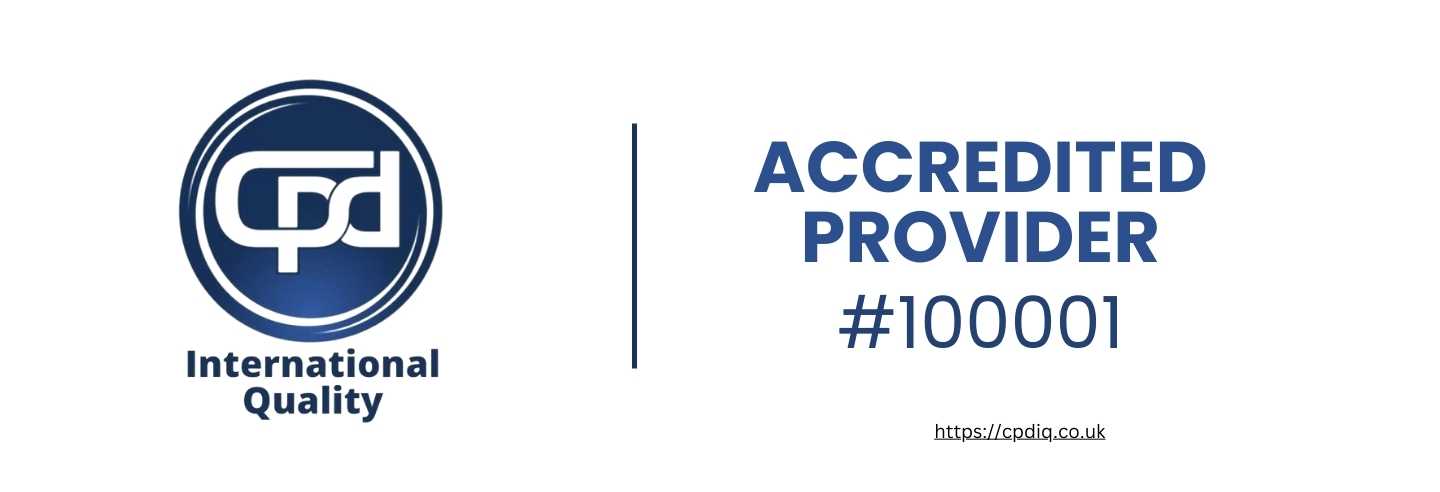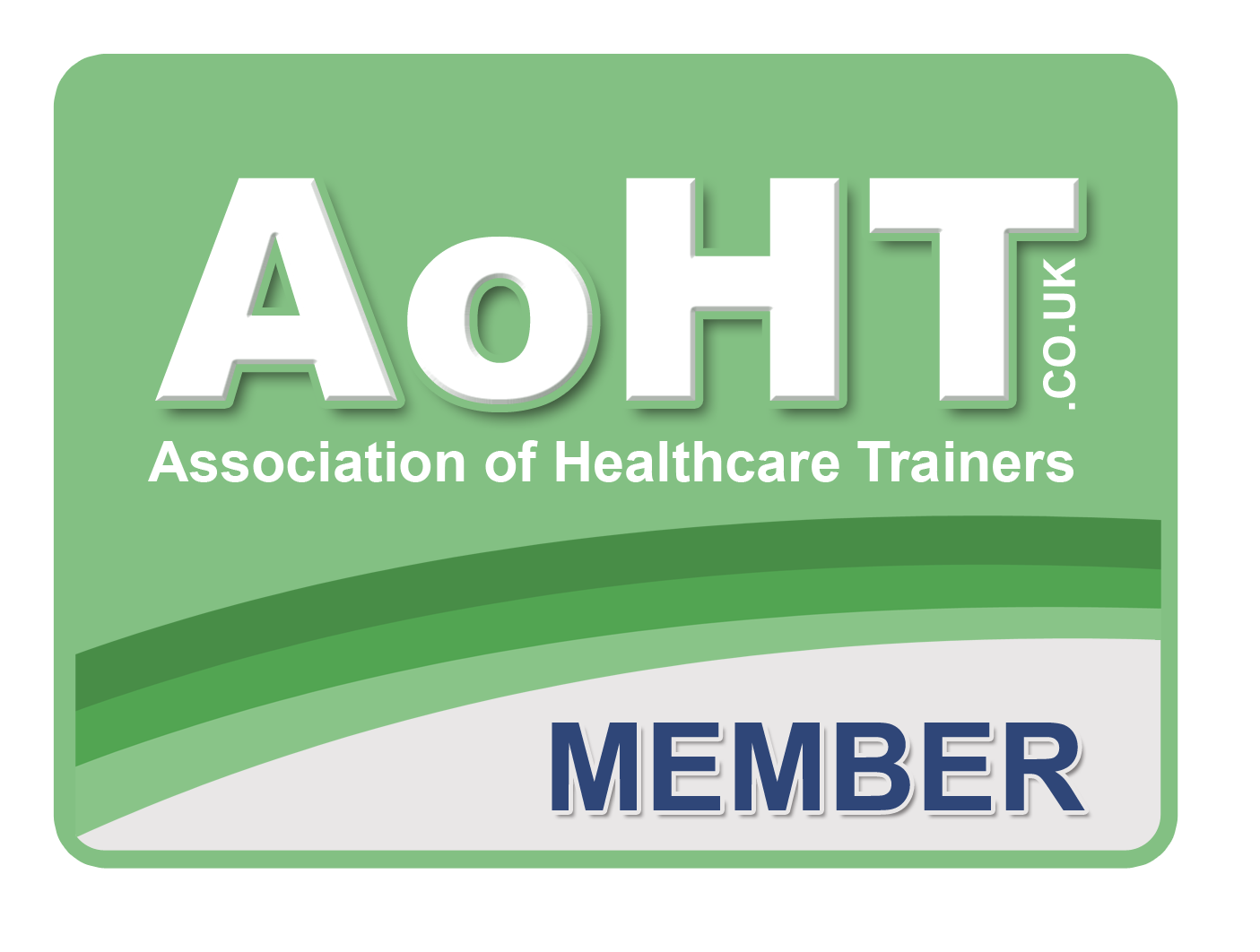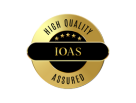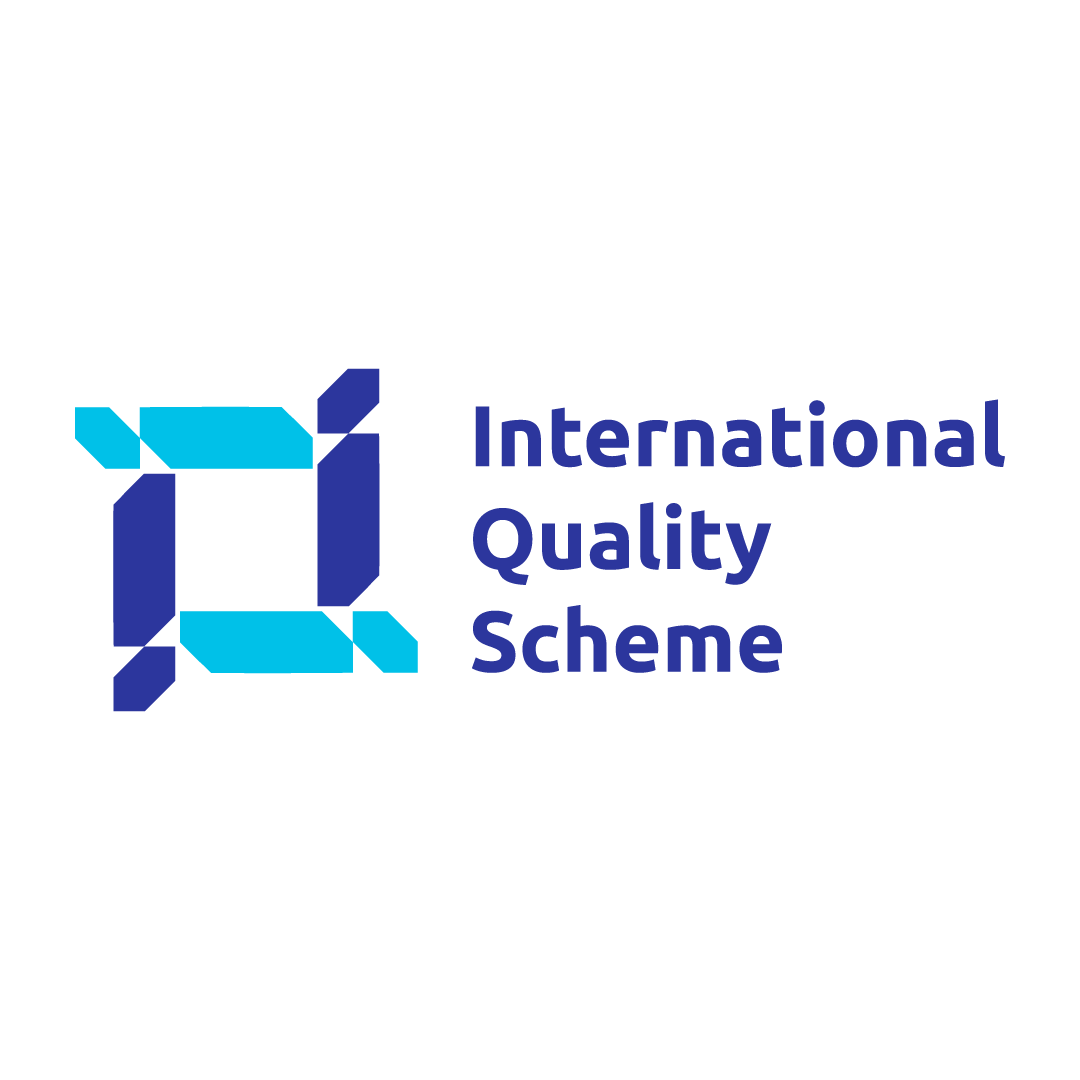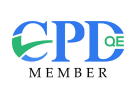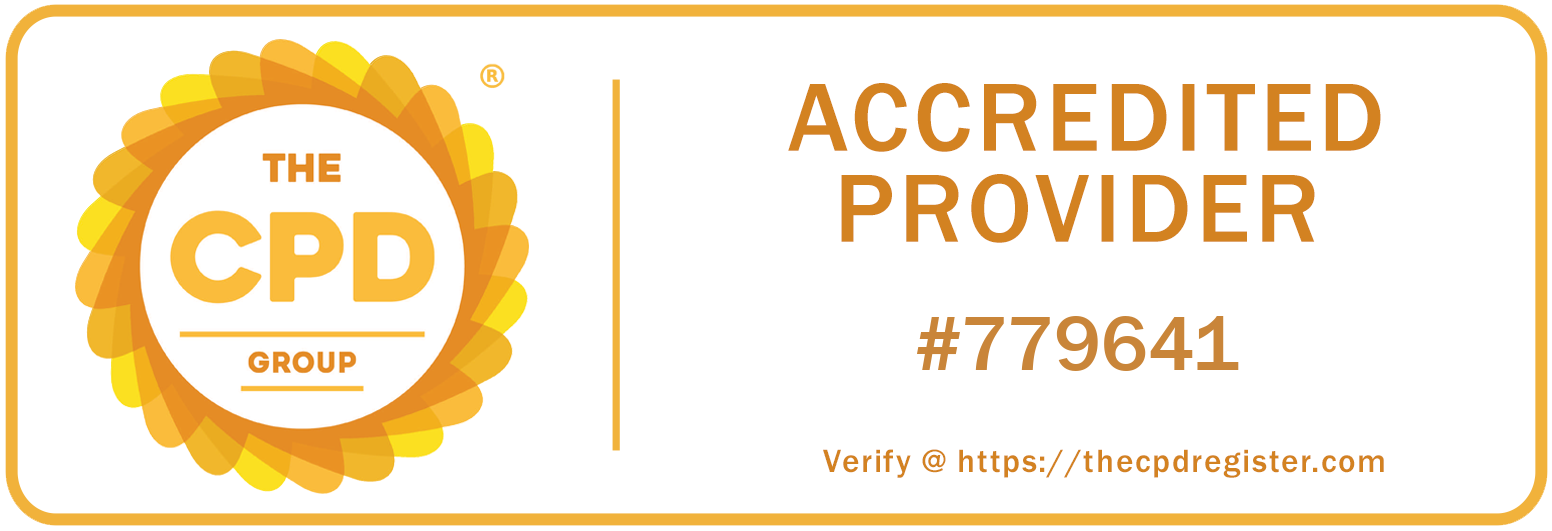20 Best Personal Skills Examples For CV

Personal skills are often overlooked, but when it comes to writing a CV that gets noticed, most people
What are Personal Skills and Qualities Required to Start a Business

Understanding Why Personal Traits Matter for Business Success Launching a company goes way beyond having a cool idea
Tile Manual Handling meaning, assessing risk and legislation

Understanding TILE Manual Handling: Manual handling of tiles may seem like a simple, everyday task — picking up
No Response is a Response: What Does it Mean?
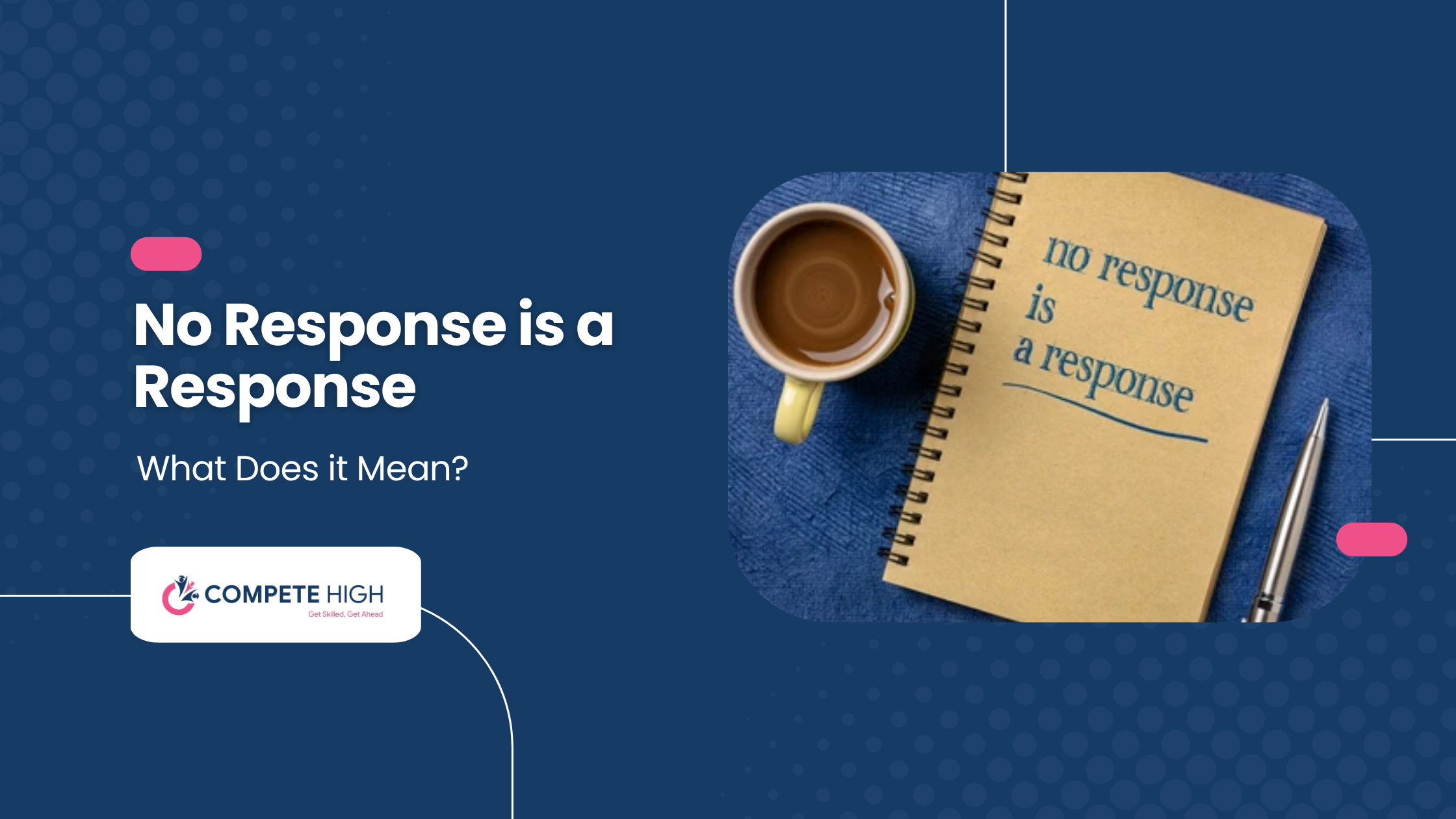
No response is a response. We’ve all experienced it — that anxious pause after sending a message, waiting
Can You Reheat Chicken? Tips for Safe and Delicious Leftovers
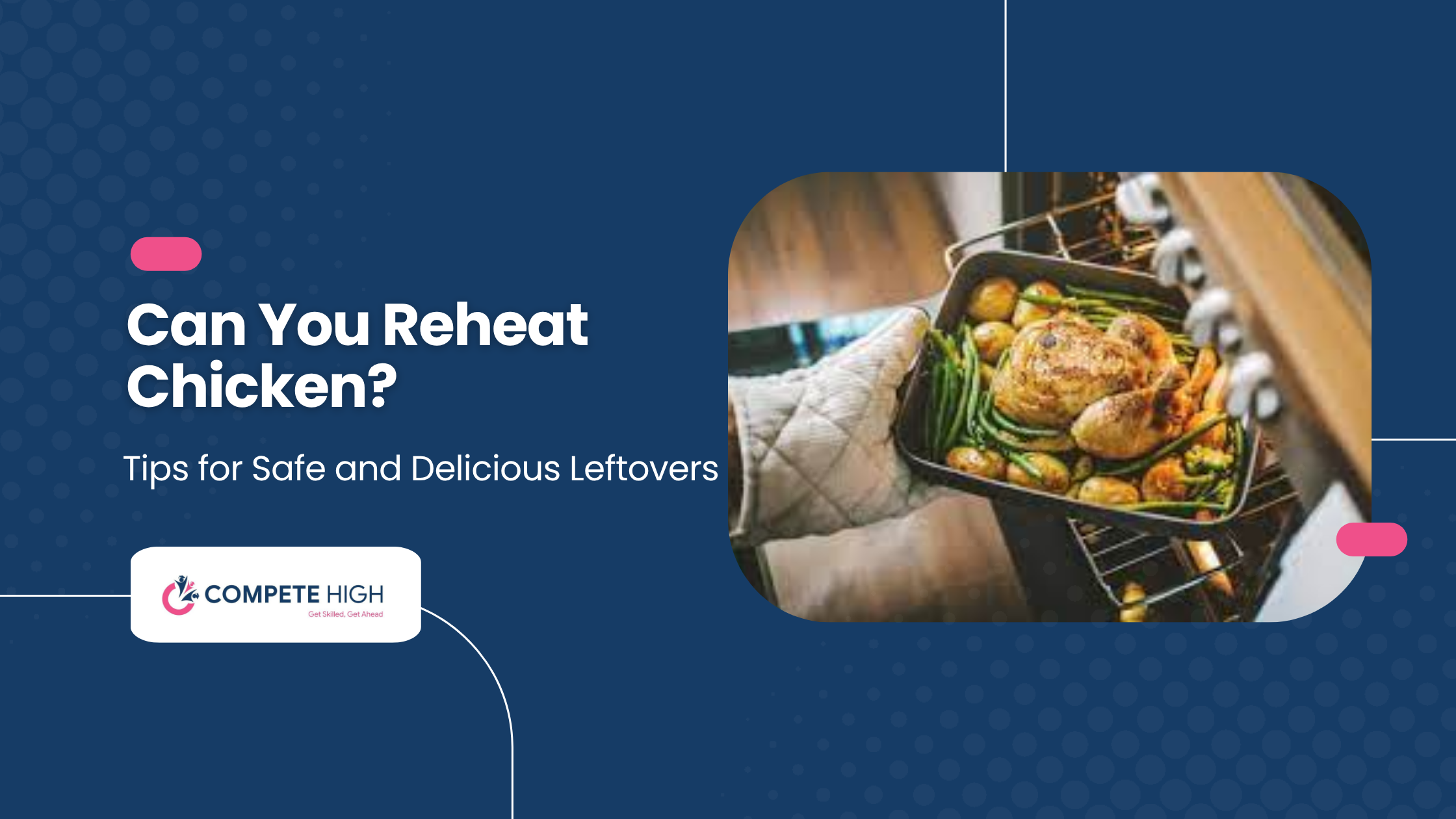
Can You Reheat Chicken? It’s a common question in many UK households where chicken is a go-to protein—affordable,
Can You Reheat Prawns? The Science of Reheating Prawns

Can you reheat prawns? It’s a common question for seafood lovers looking to enjoy their leftovers safely. Prawns
ABC Behaviour Chart for Adults : Manage Challenging Behaviour Effortlessly
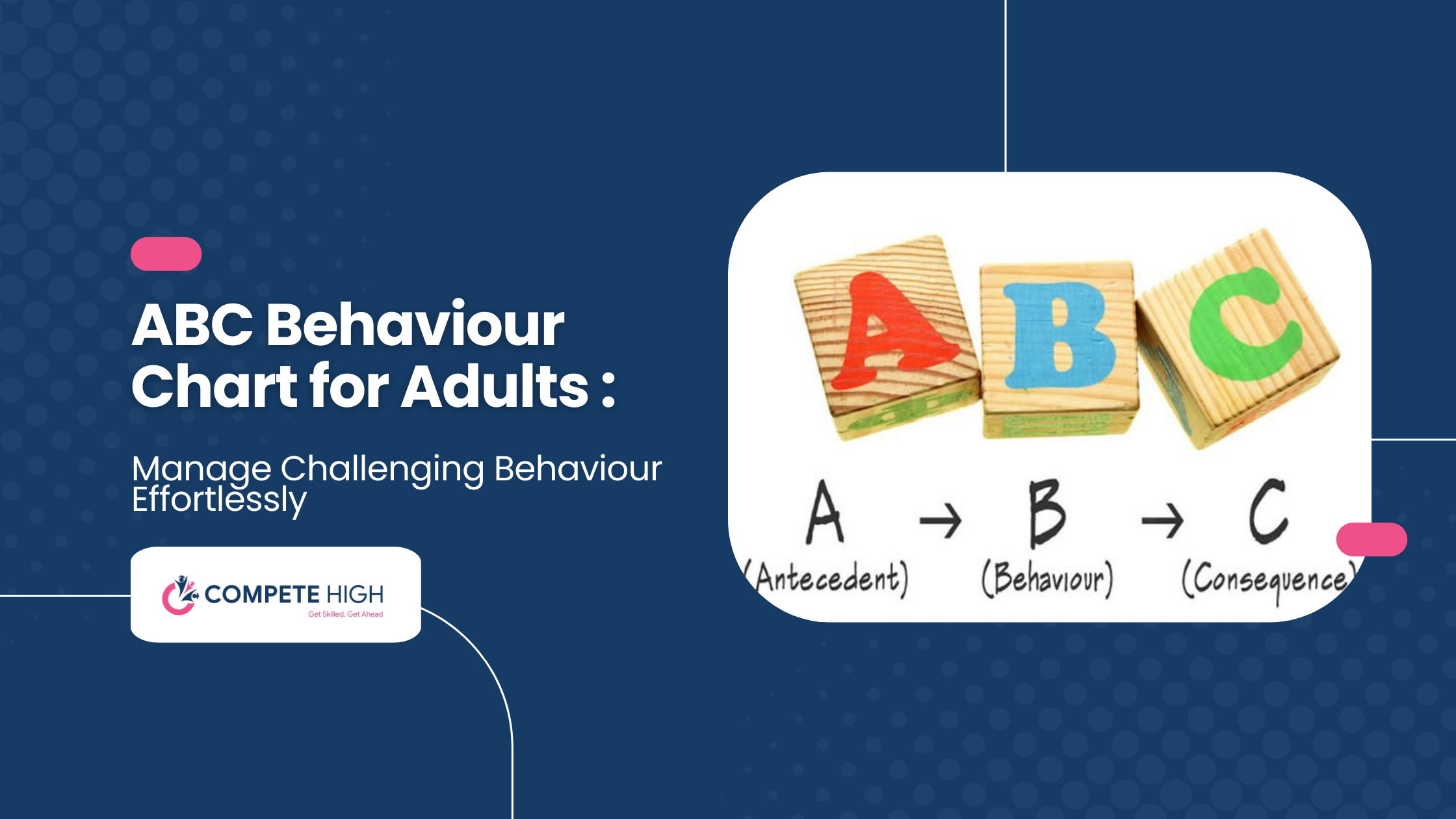
The ABC behaviour chart is a simple yet powerful tool that can help us understand challenging behaviour in
No Response is a Response: A Powerful Communication Art

At times, a person’s silence is louder than their voice. In this modern world overflowing with texts, calls,
Is a Family Support Worker a Social Worker?

Have you ever wondered whether a family support worker is the same as a social worker? Both roles
What to Expect as a Family Support Worker

If you are thinking of becoming a family support worker, then you are going to take up a

